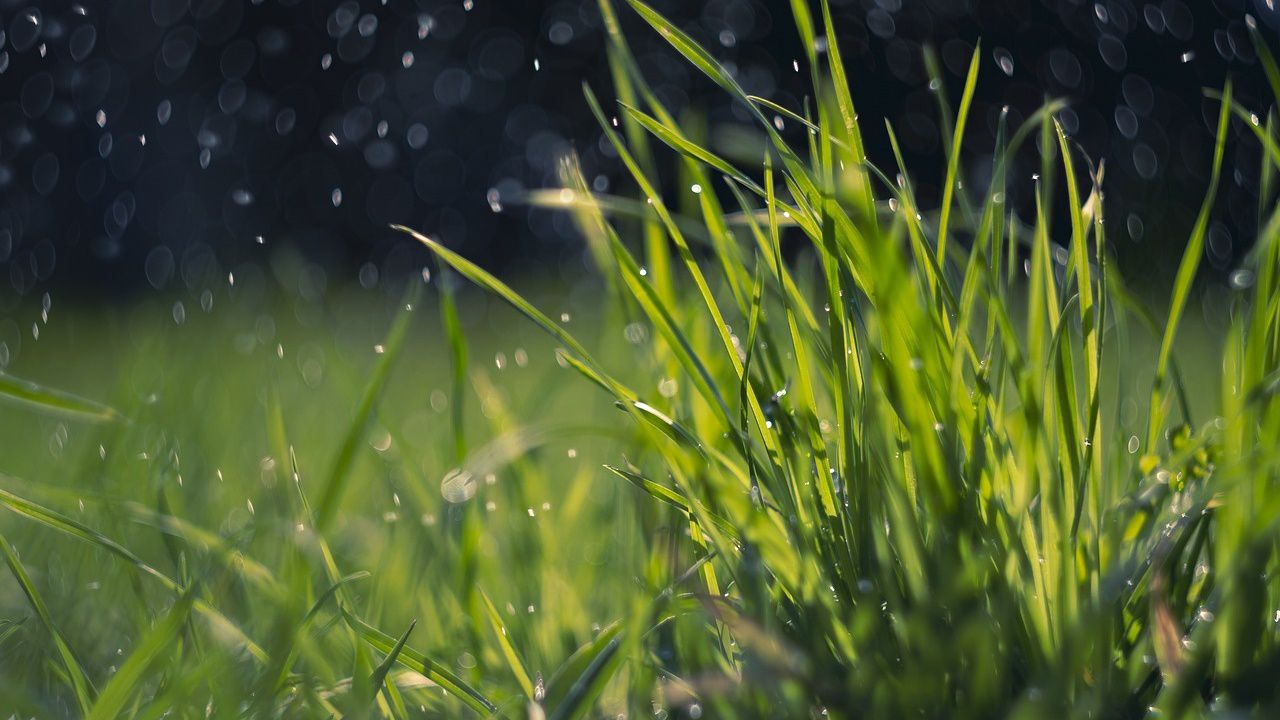Have you ever smelled the rain coming? There is actually a word for that smell.
Petrichor is the unique and earthy smell of rain. Australian scientists created the word in the 1960s when they scientifically described the smell for the first time.
It's produced from a combination of rain along with volatile plant oils, geosmin (soil bacteria) released from the soil into the air and ozone molecules carried down by droplets.
Plants produce oils during dry periods or droughts that eventually settle and absorb into the surrounding rocks and soil. The fragrant oils get released into the air during rain, or even extremely humid conditions right before rain falls.
Geosmin is a compound that is mostly made of carbon, along with hydrogen and oxygen. It gets released by soil bacteria. Similar to plant oils, the soil releases the geosmin into the air during rain.
The human nose is very sensitive to geosmin, so a little goes a long way. It can also cause taste and odor outbreaks in drinking water, and cause the earthy taste in beets.
Ozone is the final ingredient of petrichor, and it doesn’t come from the ground. It only contributes to the petrichor during thunderstorms when there is lightning.
Lightning strikes split diatomic molecules of oxygen and nitrogen, and some can form into ozone (O3). As rain falls from the sky, the droplets carry the ozone molecules down to contribute to the smell.
Our team of meteorologists dive deep into the science of weather and break down timely weather data and information. To view more weather and climate stories, check out our weather blogs section.
Reid Lybarger - Digital Weather Producer
Reid Lybarger is a Digital Weather Producer for Spectrum News. He graduated from Florida State University in 2015 with a Bachelor's of Science in Meteorology. He began his career in local TV news working across Mississippi, Louisiana and Florida for 7 years prior to joining Spectrum in 2022. He's excited for the opportunity to continue to inform the public about the latest weather news with Spectrum.








